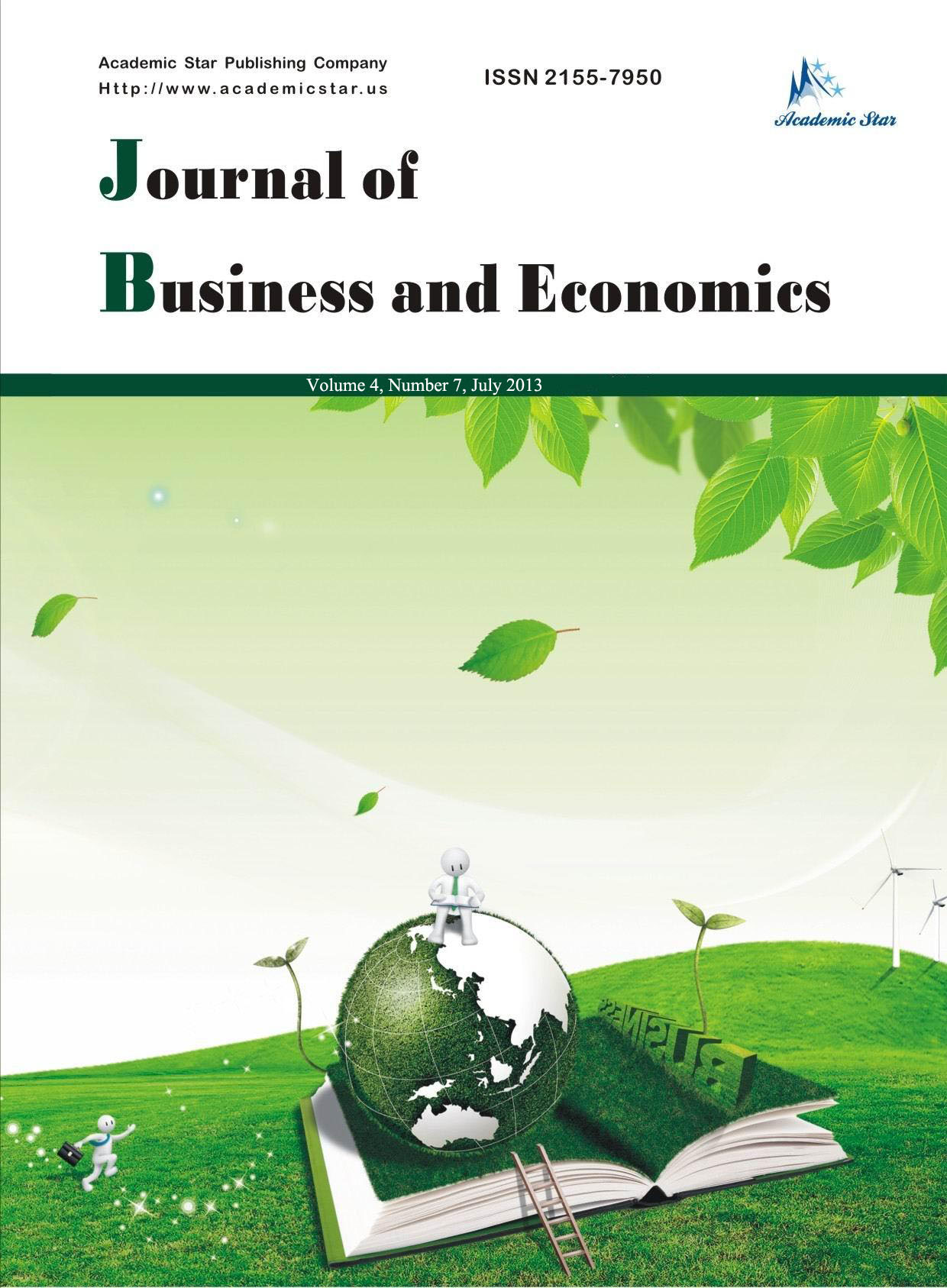
- ISSN: 2155-7950
- Journal of Business and Economics
FRTB: Default Risk Charge (DRC) Model — When is the Internal Model Approach Advantageous? Comparison: Standardized Approach vs. Internal Model Approach*
Andreas Bohn, Michael Buser,
Bernhard Kronfellner, Stefan Schneeberger, Stephan Süß
(The Boston Consulting Group
GmbH, Germany)
Abstract: In January 2016, the Basel Committee on Banking Supervision (BCBS) issued the final version of the revised minimum capital requirements for market risk, also known as the “Fundamental Review of the Trading Book (FRTB)”. The new regulation comes with many changes, one of which is a dedicated Default Risk Charge (DRC). This new capital charge replaces the Incremental Risk Charge (IRC) under Basel 2.5, and its calculation will become mandatory for banks as of 2019, when the new BCBS capital requirements come into effect. The biggest conceptual differences between the DRC and the IRC are that the former is designed to capture only default risk, whereas the latter also captures migration risk, and that equity positions are in the scope of the DRC, whereas they were out of the scope of the IRC.
The biggest methodological differences are that the FRTB prescribes the use of a two-factor default simulation model in the internal model approach for DRC (whereas IRC had no specified number of factors), along with restrictions on the empirical data used to calibrate the model. The new prescriptions in the internal model approach will evoke some methodological questions, implementation options, and regulatory uncertainty across the banking industry.
While banks are preparing for this regulatory framework, we describe a potential model for the DRC in the internal model approach. We compare the results of our model with the standardized approach and derive suggestions for the methodological choices a bank is facing. Our findings suggest that the question of whether to use the standardized approach or the internal model approach strongly depends on the structure of the trading book portfolio. In some cases the standardized approach is less capital-intensive than the internal model approach.
Key words: banking regulation; market risk; fundamental review of the trading book; default risk charge
JEL codes: G13, G18, C51






